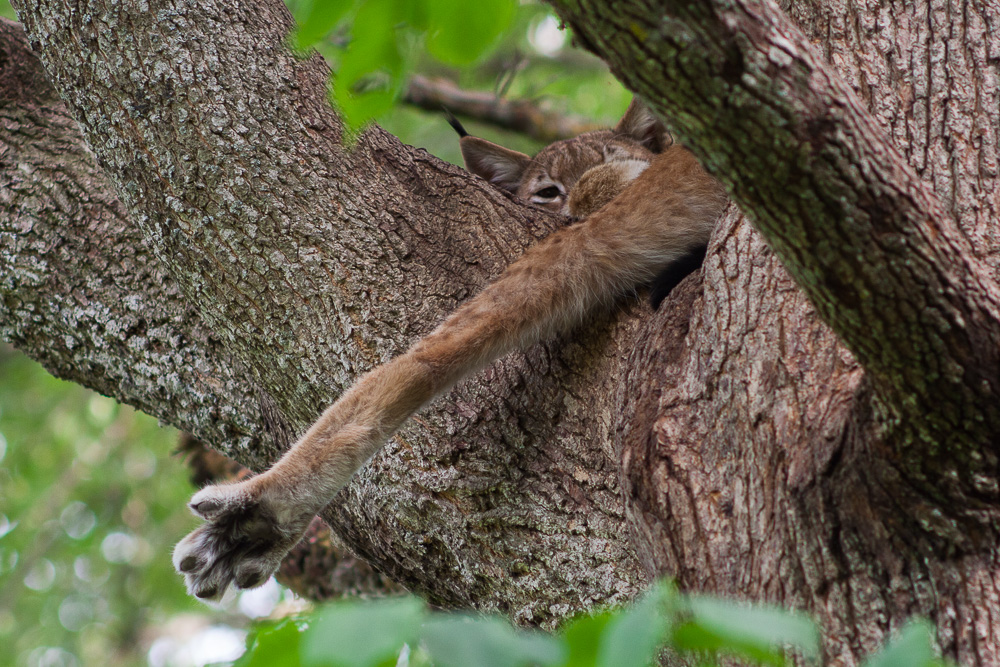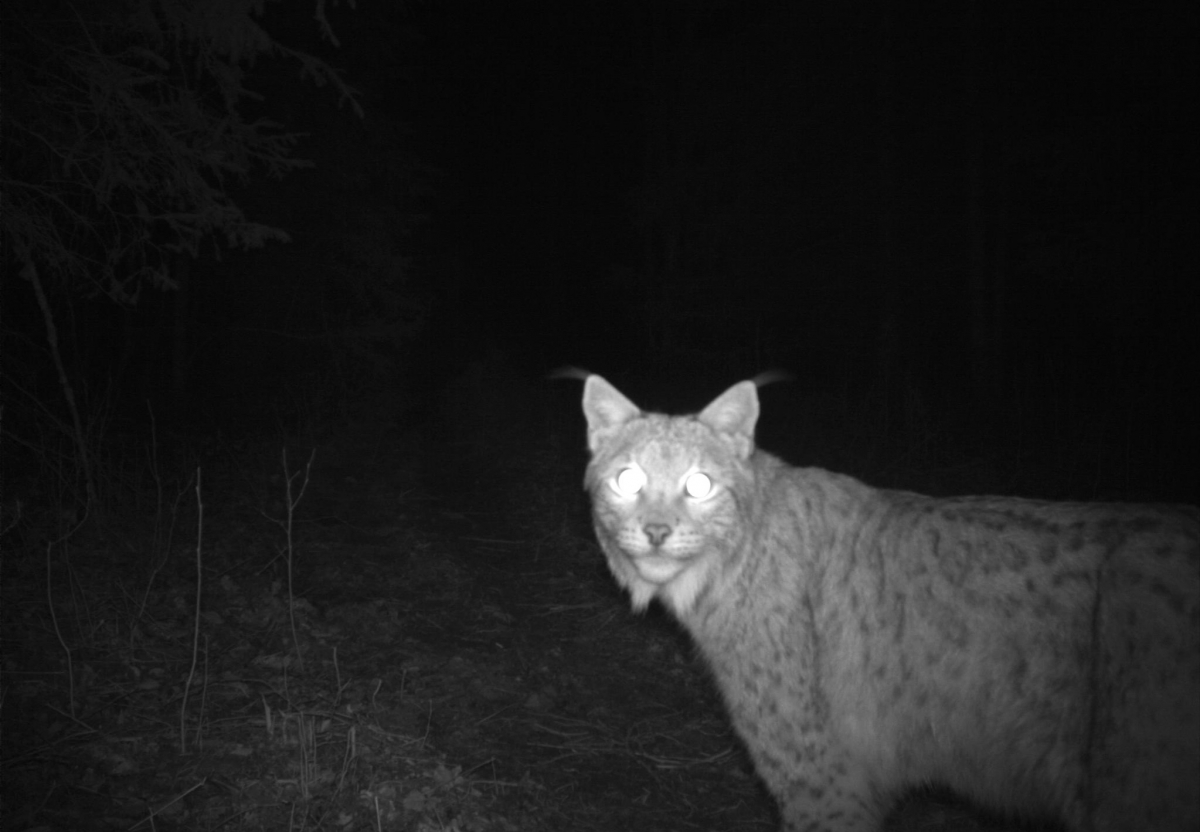VIDEO and IMAGES: Lynx kittens in Elistvere
Lynx kitten in Elistvere in August 2018
Photo: Tarmo Mikussaar
Estonian text posted by the Animal of the Year Team 05.08.2018
English translation Liis.
Lynx kitten in Elistvere in August 2018
Photo: Tarmo Mikussaar
Estonian text posted by the Animal of the Year Team 05.08.2018
English translation Liis.

Elistvere lynx. There are still no photos of the three lynx kittens, two months old, in the ElistvereAnimalPark. But since the kittens by now are big enough to move around more in the fold we will surely soon be able to show some delightful images.
Photo: Tarmo Mikussaar
Estonian text posted by the Animal of the Year Team 01.08.2018
English translation Liis
The ears of the European or brown hare (Lepus europaeus) are longer than those of the mountain or white hare (Lepus timidus). Photographed in June
Photos: Remo Savisaar
English translation Liis
Estonian text posted by the Animal of the Year Team 26.07.2018
This time we will talk briefly about the rabbits and hares that from time to time end up on the dinner table of the lynx. In our nature two species can be encountered: the brown hare and the white hare. I call the brown hare the field hare and the white hare the forest hare. It characterises the habitats where they primarily live. Sometimes their paths cross and then we can meet the white hare in a field between forests and the other way about.
Posted by the Animal of the Year Team
Translation Liis
Estonian text posted 13.06.2018
In Lahemaa a video sequence was recorded of a lynx attacking a roe deer. The rare footage was caught by a group of Dutch who were in Estonia for 5 days to study and photograph nature led by guide Martin Piispea
Video: Stefan Pronk
A roe deer buck and its bellow were recorded on the trail camera of the Tallinn WaldorfSchool. And what a scary sound. Now we know who makes that terrible sound in the forest!
Estonian text posted by the Team of the Animal of the Year on 03.05.2018
Translation Liis

Hunting place of lynx.
Photo: Ingmar Muusikus
Estonian text posted by the Animal of the Year Team 07.04.2018
Translation Liis
On the threshold of the snow melting Ingmar Muusikus adds one more story about lynx tracking as send off for the winter.
In mid-March I was driving in Kõrvemaa along roads between bogs towards the Kiigumõisa springs. The hope of finding fresh animal tracks was non-existent because of the dense snowfall that had just ended. At a dilapidated farmhouse I stopped. I got out of the car and … a few steps away there were completely fresh lynx tracks! The lynx had passed here no more than 5 minutes ago. An earlier track row would have been erased by the snowfall. With the “hot” tracks in sight the excitement in the soul of the tracker had risen sky-high.
How hot things may become during the heat period we can see in the photo where a wholly wild lynx walks on the Elistvere animal park paths. An interesting female lynx lives there.
To hear the mating song of the lynx however it is worthwhile get to the Elistvere animal park on a March night or watch and listen to the Elistvere lynx camera in Looduskalender – one might be lucky
Photo: Elle Mäerand
Estonian text posted by the Animal of the Year Team 01.03.2018
Translation Liis
The trace of a lynx track is slightly asymmetrical since the inner of the two middle toes reaches far forward. The track is also quite large – length of forepaw 7-9 centimetres..
Because of the sole that is hairy in winter the contour of the track is fuzzy. In deep snow the lynx steps with the hind paw into the track of the forepaw.
Photo: Kalmer Lehepuu
Estonian text posted by the Animal of the Year Team 21.02.2018
Translation Liis
Estonian text posted by the Animal of the Year Team 19.02.2018
Translation Liis
Copyright 2025 · Looduskalender
Designed by Zymphonies
We also use analytics & advertising services. To opt-out click for more information.